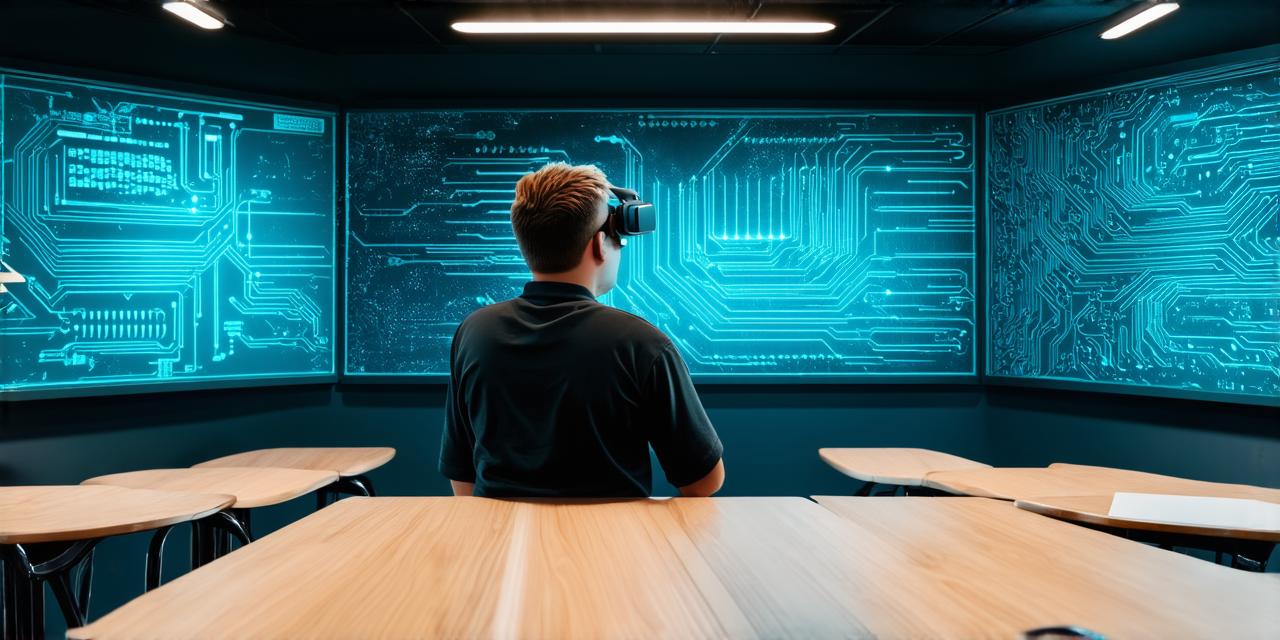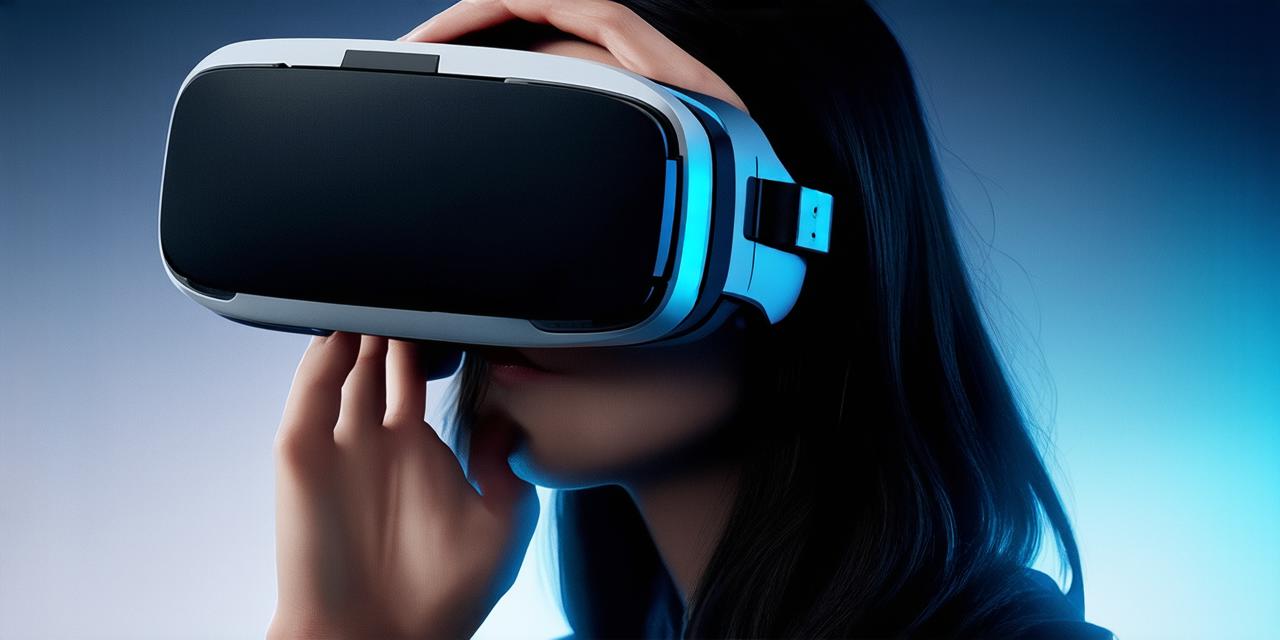
Improving Customer Service with Virtual Reality
One of the most significant benefits of using immersive virtual reality in business is its ability to improve customer service. By providing customers with a realistic and engaging experience, businesses can build stronger relationships with their clients and create a more positive overall experience. This can lead to increased customer loyalty, higher satisfaction rates, and ultimately, increased revenue.
One example of how VR has been used to improve customer service is in the retail industry. Retailers are now using VR technology to allow customers to virtually try on clothes or explore products before making a purchase decision. This can help reduce the number of returns and improve overall customer satisfaction.
Additionally, VR technology can also be used to create virtual storefronts that allow customers to browse products from anywhere in the world.
Another example of how VR is being used to improve customer service is in the healthcare industry. Patients are now using VR technology to receive medical treatments in a more immersive and engaging way. For example, patients can use VR headsets to virtually travel to different locations and experience different environments that help alleviate pain and anxiety during medical procedures.
Improving Training with Virtual Reality
Another benefit of using immersive virtual reality in business applications is its ability to improve training. By providing employees with a realistic and engaging environment, businesses can help their staff learn new skills and adapt to changing circumstances more effectively. This can lead to improved job performance, increased productivity, and ultimately, better business outcomes.
One example of how VR technology has been used to improve training is in the military. Soldiers are now using VR headsets to simulate real-life battle scenarios and train for new tactics and strategies. This can help soldiers perform better in actual combat situations and reduce the risk of injury or death.
Another example of how VR technology is being used to improve training is in the manufacturing industry. Workers are now using VR headsets to simulate complex machinery and equipment, allowing them to learn how to operate these tools safely and effectively. This can help reduce accidents and improve overall job performance.
Improving Collaboration with Virtual Reality
Finally, immersive virtual reality in business applications has the potential to improve collaboration. By creating a shared virtual environment, businesses can allow employees from different locations to work together more effectively and efficiently. This can lead to improved communication, better decision-making, and ultimately, better business outcomes.
One example of how VR technology has been used to improve collaboration is in the construction industry. Architects and builders are now using VR headsets to create virtual models of buildings and other structures, allowing them to work together more effectively and efficiently. This can help reduce errors and delays, leading to better project outcomes.
Another example of how VR technology is being used to improve collaboration is in the education industry. Students are now using VR headsets to collaborate on group projects and assignments, allowing them to work together more effectively and efficiently. This can lead to improved communication, better decision-making, and ultimately, better academic outcomes.
FAQs
What are some of the key benefits of using immersive virtual reality in business applications?
Improving customer service, improving training, and improving collaboration are some of the key benefits of using immersive virtual reality in business applications.
How has virtual reality technology been used to improve customer service in retail and healthcare industries?
Virtual reality technology has been used to allow customers to virtually try on clothes or explore products before making a purchase decision in the retail industry. In the healthcare industry, patients can use VR headsets to receive medical treatments in a more immersive and engaging way, such as traveling to different locations and experiencing different environments that help alleviate pain and anxiety during medical procedures.
How has virtual reality technology been used to improve training in the military and manufacturing industries?
Virtual reality technology has been used to simulate real-life battle scenarios and train for new tactics and strategies in the military industry. In the manufacturing industry, workers are using VR headsets to simulate complex machinery and equipment, allowing them to learn how to operate these tools safely and effectively.
How has virtual reality technology been used to improve collaboration in the construction and education industries?
Virtual reality technology has been used to create virtual models of buildings and other structures in the construction industry, allowing architects and builders to work together more effectively and efficiently. In the education industry, students are using VR headsets to collaborate on group projects and assignments, allowing them to work together more effectively and efficiently.




